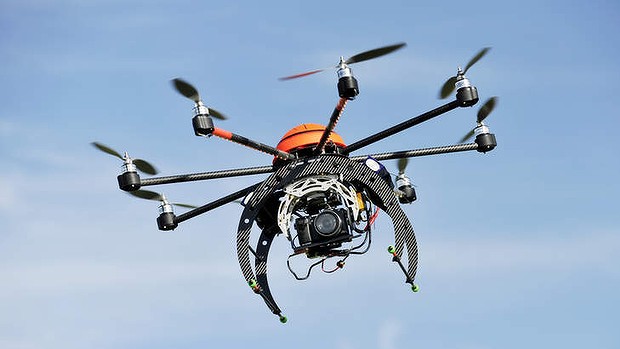
It appears as though, according to the pilot, that a drone may have hit a British Airways flight landing at Heathrow yesterday.
Thankfully, no one was hurt and the plane was, after inspection, cleared for its next flight.
Don’t rush to regulate…
This isn’t the first time a drone has struck a plane or flown to close to one. And following this incident, we’ve had the inevitable calls for greater regulation and control over drones and their operators.
But before we rush to regulate, it’s worth understanding that there are already rules and regulations in place that govern who can operate drones and where.
The CAA have produced a helpful Dronecode:
The Dronecode
- Make sure you can see your drone at all times and don’t fly higher than 400 feet
- Always keep your drone away from aircraft, helicopters, airports and airfields
- Use your common sense and fly safely; you could be prosecuted if you don’t.
Drones fitted with cameras must not be flown
- within 50 metres of people, vehicles, buildings or structures
- over congested areas or large gatherings such as concerts and sports events
In addition, anyone flying a drone for commercial reasons has to get special permission from the CAA.
https://www.youtube.com/watch?v=A6uU1LTdI8M
…let’s try to educate…
So actually, there are plenty of regulations in place to make it illegal to fly drones near airports and airports, and commercial operators (and even the hardcore hobbyists) know there rules well.
The potential problem lies with the amatuer, who might have got a drone as a gift and just head to the nearest open field to give it a go.
So rather than more regulation, better awareness, education and training for amatuers could help.
…and innovate…
So too could developing and deploying new technology, where innovations like geofencing (a virtual, GPS-based boundary around places like airports), detect-and-avoid capability (drones that can detect planes or other objects in the air and automatically avoid them) and identify and capture drones (incuding trained eagles) are potentially better solutions than regulations that drone operators may not even be aware of.
There’s even
…before we regulate.
Better technology and awareness of regulations can help. But they won’t solve the problem on their own. What happens if someone builds their own drone without the safety-enhancing technology mandated by regulation? Or what if they disable the technology?
The House of Lords has called for drones and drone operators to be registered. That way, all drones and their operators could be remotely identified, and the police could either identify anyone using drones in appropriately, or deal with any rogue drones.
Think about the following example from the not too distant future: You look out your front window and see a drone hovering slowly down the street. Is it the neighbours Christmas gift? Is it the local council checking the road for potholes? Is it the BBC seeing if you’re using your TV without a TV licence? Or is it criminals checking to see who is home and who is not?
How would you know? How could the police? Well, you simply check the handy Drone Tracker app (kind of like the plane spotting apps you get now) and see that the drone is registered to the Allen family down the road and it’s only their 10-year old having some fun (but wait…is that a camera attached streaming live video?!?)
To their credit, the CAA and the Government understand the urgency of these issues and are looking at how to regulate the use of drones to keep people safe, without stifling the innovation necessary to make drones safer to use in a wider variety of ways.





